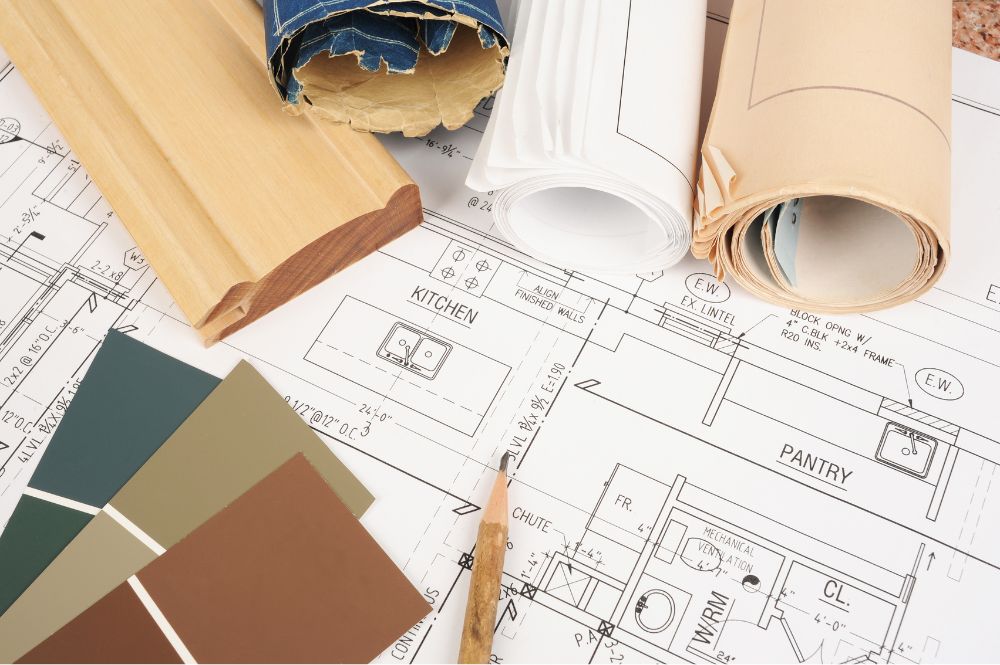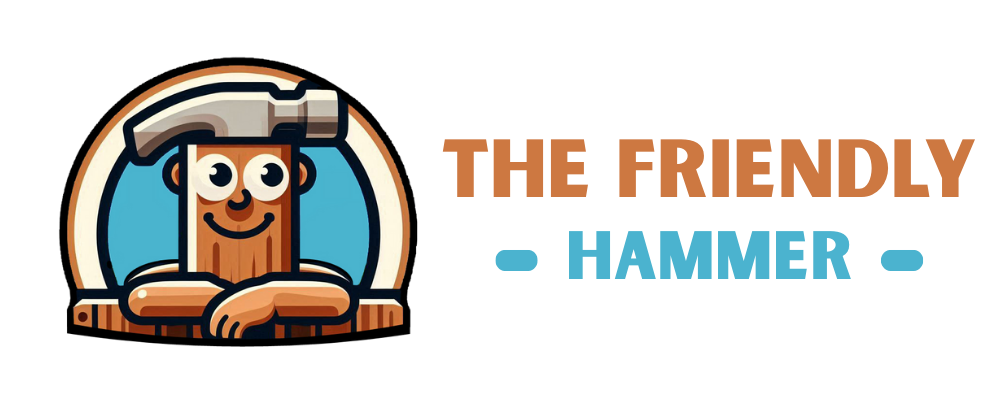
How to Stop Water Pipes From Banging and Hammering
Because your pipes shouldn’t sound like a rock concert.
If your plumbing system shakes, rattles, and bangs every time you turn on a faucet or flush the toilet, you’ve got water hammer—a sudden shockwave caused by fast-moving water being forced to stop abruptly.
While it might seem harmless, those loud pipe noises can lead to leaks, damaged fittings, and long-term plumbing issues. The good news? You don’t need a plumber to fix it!
Let’s break down why it happens and how to stop the noise for good.
1. What Causes Banging Pipes?
Water hammer happens when the flow of water is suddenly cut off, forcing pipes to shake violently. Here’s what’s behind it:
✔ High water pressure – If pressure is too high, it forces water through pipes too quickly, leading to hard stops.
✔ Faulty or missing air chambers – Air chambers inside pipes help absorb shock, but if they get waterlogged, they stop working.
✔ Loose pipes – Pipes that aren’t properly secured can vibrate and slam against walls.
✔ Fast-closing valves – Appliances like dishwashers and washing machines shut off water abruptly, creating pressure surges.
🚨 Think of water hammer like cars speeding down a freeway—if someone slams on the brakes, the sudden stop forces almost every car down the line to do the same. Visually, it’s like a ripple in a lake.
2. How to Stop Water Hammer
🛠 Before you start, gather these tools:
- ✔ Adjustable wrench – Needed for tightening loose pipes
- ✔ Pressure gauge – Helps measure water pressure levels
- ✔ Pipe insulation or padding – Reduces movement and noise
- ✔ Water hammer arrestors – Specialized shock absorbers for pipes
🚨 Pro Tip:
Start with the easiest fixes first before trying advanced solutions.
🚨 Important Disclaimer:
If you’re having any doubts or unsure what to do, please call a professional. The only thing worse than water hammer is a flooding room.
Step 1: Reduce Water Pressure
Think of turning down a garden hose to prevent splashing—lower pressure reduces force inside pipes.
- 🔹 Check your home’s water pressure using a pressure gauge (ideal range: 40-60 psi).
- 🔹 If pressure is too high, adjust the main water valve slightly or install a pressure regulator.
Step 2: Drain & Reset Air Chambers
Imagine resetting a shock absorber on a car—you’re restoring the air pocket inside your pipes.
- 🔹 Turn off the main water supply and open all faucets to drain excess water.
- 🔹 Wait about 10 minutes, then turn the water supply back on slowly to refill the air chambers.
🚨 Bonus Tip:
If your home doesn’t have air chambers, you may need to install water hammer arrestors for better shock absorption.
Step 3: Secure Loose Pipes
Think of tightening a wobbly table leg—securing pipes prevents banging against walls.
- 🔹 Check exposed pipes under sinks and in basements—if they shake when water runs, they need additional supports.
- 🔹 Use pipe clamps, straps, or foam insulation to secure pipes firmly in place.
Step 4: Install Water Hammer Arrestors (If Needed)
Picture adding shock absorbers to a fast-moving train—arrestors absorb pressure to prevent sudden stops.
- 🔹 Install water hammer arrestors near appliances that shut off water quickly (dishwashers, washing machines).
- 🔹 These devices act as cushions, absorbing shockwaves before they cause damage.
🚨 Extra Tip:
If your pipes still make noise, check for loose washers or valves inside fixtures—sometimes, the issue starts at the faucet.
Final Thoughts
Banging pipes might sound dramatic, but fixing water hammer is totally manageable. Whether it’s reducing pressure, securing loose pipes, or installing shock absorbers, these easy fixes help restore peace and quiet to your home—without expensive repairs!
